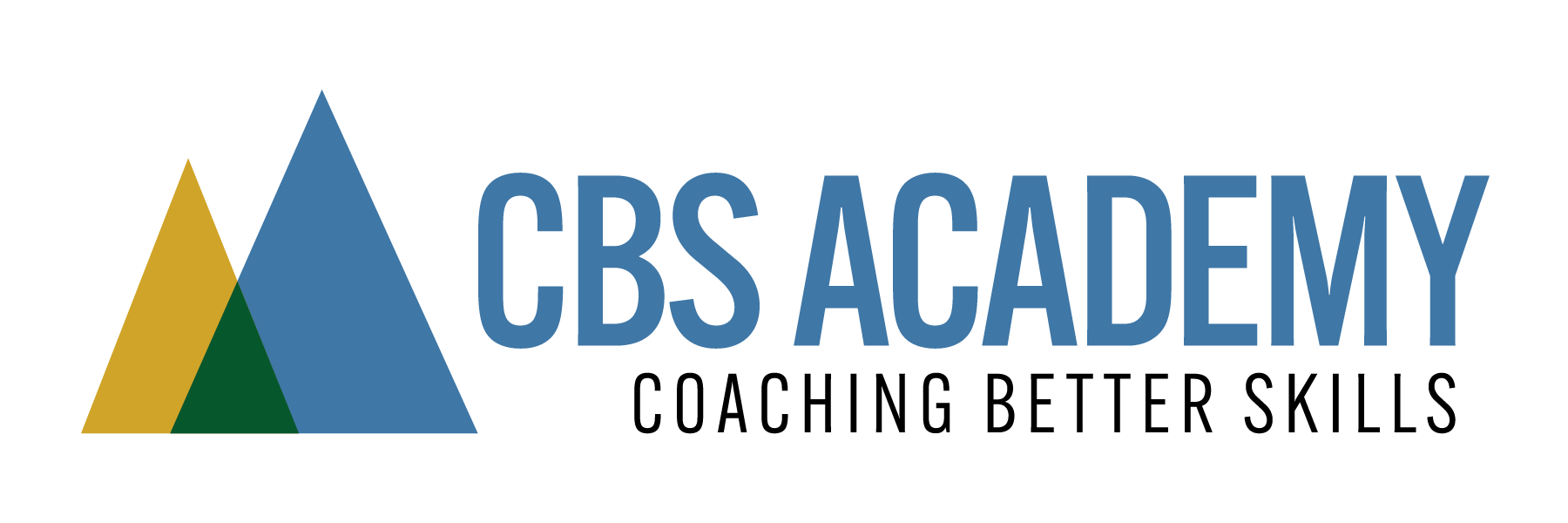Pursuing Education
and Training
In today’s rapidly changing world, ongoing education and training are no longer just "nice-to-have" options for leaders; they are essential. As markets evolve, technology advances, and workplace dynamics shift, leaders who remain stagnant risk falling behind. Continuous learning is a fundamental aspect of effective leadership, as it not only enhances individual skills but also influences the success and growth of an entire organization. Here’s why leaders should prioritize ongoing education and training.
Write your awesome label here.
Staying Relevant in a Changing Environment
Industries are always evolving, and what worked a few years ago might not be as effective today. New tools, technologies, and methodologies emerge regularly, and keeping up with these changes is crucial for leaders who want to stay relevant. By pursuing ongoing education and training, leaders stay ahead of industry trends, learning the latest best practices, and discovering new strategies to solve complex challenges. This proactive approach ensures that they are well-prepared to navigate any disruptions and can lead their teams with confidence, even in uncertain times.
Enhancing Decision-Making Abilities
Strong decision-making is a critical component of effective leadership. Ongoing education provides leaders with the tools and knowledge they need to make informed choices. When leaders engage in continuous learning, they expand their understanding of different scenarios, market conditions, and problem-solving techniques. This broader knowledge base enables them to weigh the pros and cons of various options more effectively and make better decisions that can positively impact the organization.
Setting an Example for the Team
Leaders who prioritize their own education set a powerful example for their teams. When employees see their leaders actively pursuing training and professional development, it creates a culture of learning within the organization. This encourages team members to invest in their own growth, fostering a more engaged and motivated workforce. By demonstrating a commitment to lifelong learning, leaders show that growth is an ongoing process and that everyone, regardless of their position, should seek opportunities to improve.
Adapting to New Leadership Challenges
The nature of leadership itself is evolving. Leaders today face challenges that didn’t exist a decade ago, such as leading remote teams, managing diverse and multigenerational workforces, and navigating rapid technological advancements. Continuing education helps leaders develop the skills required to meet these modern challenges head-on. Training in areas such as emotional intelligence, cultural competence, and digital transformation enables leaders to adapt their leadership style to meet the needs of today’s workforce.
Fostering Innovation and Continuous Improvement
Education isn’t just about maintaining the status quo; it’s about driving innovation and seeking continuous improvement. When leaders learn new concepts and acquire fresh perspectives, they can bring innovative ideas into the organization. This mindset of continuous improvement not only boosts productivity but also encourages a forward-thinking culture. Leaders who prioritize education can identify opportunities for process enhancements and inspire their teams to think creatively about solving problems.
Conclusion
For leaders, the pursuit of education and training is a strategic investment in their own development and the success of their organizations. It ensures they remain relevant, make better decisions, set a positive example for their teams, adapt to new challenges, and foster a culture of continuous improvement. In an ever-changing world, the most effective leaders are those who commit to lifelong learning. Embracing ongoing education isn’t just about keeping up—it’s about staying ahead.
